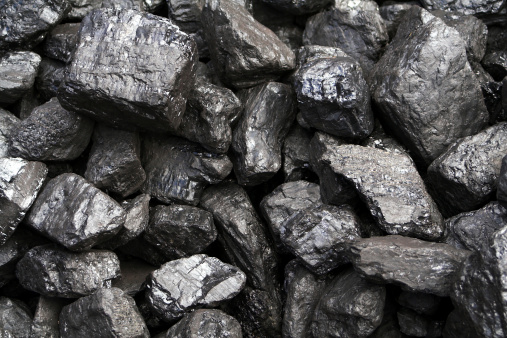
There are two reasons for fix that the industry finds itself in today: lower demand from China and a stronger U.S. dollar. China imposed restrictions on coal imports last year and foreign supplies fell by 11%. Demand from the Middle Kingdom is expected to slide another 9% in 2015.
The stronger dollar helps producers from Russia to South Africa to Australia. Russia, where the ruble has sunk to the bottom of Lake Baikal, is expected produce as much coal as it can this year in an effort to drive higher-priced producers out of the market. Australia will adopt a similar policy. If it sounds familiar, that’s because it is essentially the same strategy that Saudi Arabia has adopted and forced on its fellow OPEC members to maintain oil market share as crude prices drop.
ALSO READ: Arch Coal Sees Coal Sector Woes Continuing in 2015
How will U.S. producers react? Peabody Energy Corp. (NYSE: BTU) has already forecast a decline of 2% to 4% in both revenues and costs for 2015 at its U.S. and Australian mines. Peabody sold 191.4 million tons of coal from its U.S. operations in 2014 and 38.2 million tons from Australian mines. An additional 20.2 million tons were sold in trading and brokerage operations. Peabody guided 2015 U.S. sales volumes at 190 million to 200 million tons and Australian volumes at 27 million to 29 million tons (a combination of both thermal and metallurgical coal).
Arch Coal Inc. (NYSE: ACI) reported results on February 3, and the company posted a negative operating margin of 36 cents on every ton of coal it sold in 2014. The company did manage to post a positive operating margin per ton of 37 cents in the fourth quarter, even as its average sales price per ton fell to below $20. The company’s 2015 production outlook calls for combined thermal and metallurgical coal production of 130.3 million to 143 million tons, roughly the same as the 134.4 million tons Arch sold in 2014.
Alpha Natural Resources Inc. (NYSE: ANR) will announce 2014 results next week, but its troubles are legion. The company’s president resigned in mid-January to become CEO of another coal company and last week Alpha closed three mines and reduced its workforce at two others that produced 1.5 million tons of thermal coal last year.
The lift some U.S. producers got from exports to China is disappearing and exports to other countries are hurt by the strength of the dollar. In domestic sales, coal prices are being challenged by continuing low prices for natural gas and increasing requirements for emissions reductions at coal-fired electricity generating plants.
ALSO READ: Why Cliffs Natural Resources Could Go Much Lower
A ton of thermal coal is equal in energy content to about 21 million cubic feet of natural gas. At $46 a ton, that works out to about $2.20 per million BTUs. Natural gas on Friday is trading at around $2.60 per million BTUs. That is enough of a difference to keep coal in the picture for now.
The industry continues to rail against new regulations to reduce emissions from burning coal, but that’s a fight they are very likely destined to lose. As older, dirtier plants are shut down in the United States, demand for coal will continue to decline. The same thing is happening in China and elsewhere. Pressure from renewables, especially solar and wind, is also taking away a piece of coal demand.
Finally, the numbers on some of the coal stocks are stunning enough to write down. Peabody traded at around $88 a share in May of 2008 and was trading around $7.80 on Friday. Arch traded at around $75 a share and is stuck around $1.10 now. Alpha Natural Resources rose to nearly $105 a share in May of 2008 and traded Friday at $1.17, a drop of almost 900%.
The short-term outlook for coal, both domestically and internationally, is weak. The long-term outlook could be even weaker. Coal stocks trade more than 25 million shares a day, likely on the hope that the share price will move a little one way or the other and a trader holding enough shares that went in the correct direction will have a mini-score.
ALSO READ: 10 Dying and 10 Thriving U.S. Industries
It’s Your Money, Your Future—Own It (sponsor)
Retirement can be daunting, but it doesn’t need to be.
Imagine having an expert in your corner to help you with your financial goals. Someone to help you determine if you’re ahead, behind, or right on track. With SmartAsset, that’s not just a dream—it’s reality. This free tool connects you with pre-screened financial advisors who work in your best interests. It’s quick, it’s easy, so take the leap today and start planning smarter!
Don’t waste another minute; get started right here and help your retirement dreams become a retirement reality.
Thank you for reading! Have some feedback for us?
Contact the 24/7 Wall St. editorial team.



